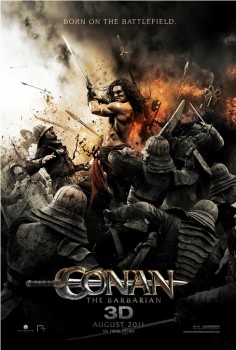 I have a week-long break between summer movie reviews, the gap between Prometheus and Brave, so I have chosen to return to Ghosts of Summer Pasts. Not long past. Just last year. Ladies and gentlemen, Hyborians and Hyrkanians, the 2011 Conan the Barbarian! [Insert tepid Monty Python and the Holy Grail “yeah!” here.]
I have a week-long break between summer movie reviews, the gap between Prometheus and Brave, so I have chosen to return to Ghosts of Summer Pasts. Not long past. Just last year. Ladies and gentlemen, Hyborians and Hyrkanians, the 2011 Conan the Barbarian! [Insert tepid Monty Python and the Holy Grail “yeah!” here.]
Many movie websites do play-by-play reviews, essentially a one-post blog-thru of a film, providing comments along with time stamps. I’ve wanted to try my hand at this for years, and this short summer break opened up the opportunity to exercise this review format on an awful film that sword-and-sorcery fans don’t want to talk about. But if I can find a way to wrench some entertainment from the Blu-ray of this movie (yes, I bought it — but used at a bargain price), then let it be so.
It was August of ’11 that saw the release and immediate flop of the Marcus Nispel-directed Conan the Barbarian. Critics savaged the movie, but most fans of Robert E. Howard saw the dire writing in the ancient language of Acheron on the wall long before the release. I gave up hope for the movie when I heard that Nispel was attached to it. Nothing I had seen of the man’s previous work indicated he had any notion of theme or subtlety — or even how to stitch together a comprehensible action scene. The guy came across as a refugee from an awful ’80s metal band who decided to get into directing so he could show “awesome!” stuff on screen. In other words, he was picked for the job because of a superficial resemblance to sword-and-sorcery, not because the man has any affinity for filmmaking or Robert E. Howard.
The casting of Jason Momoa met skepticism when first announced, but among all else that went awry with Conan the Barbarian, Momoa was one thing that went right. More about that on the play-by-play.
I enjoyed the movie more this second time viewing it, but that isn’t because I found any new appreciation for it. Conan ’11 works simply better on home video, where its limited scope and poor VFX feel more appropriate. Also, watching at home meant I could take breaks to go get a drink or read Shakespeare or call my sister in Munich. I could live my life around the film, and the film benefits from my ability to ignore it whenever I want to. The only downside to home video is that the 3D in the theater, terrible as it was, did hide some of visual flaws and clunky special effects.
Okay, queue up your disc or streaming or whatever, and let’s drink Atlantis….
…
Read More Read More
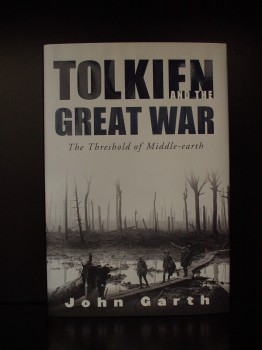 As a subscriber to the Mythsoc listserv, I was very grateful to find a link from Michael Martinez — proprietor of the fine Middle-earth.xenite.org website — to a recent interview conducted with J.R.R. Tolkien scholar, John Garth, author of Tolkien and the Great War: The Threshold of Middle-earth (Houghton Mifflin Company, 2003). It’s a fascinating read and worth checking out; you can find it here.
As a subscriber to the Mythsoc listserv, I was very grateful to find a link from Michael Martinez — proprietor of the fine Middle-earth.xenite.org website — to a recent interview conducted with J.R.R. Tolkien scholar, John Garth, author of Tolkien and the Great War: The Threshold of Middle-earth (Houghton Mifflin Company, 2003). It’s a fascinating read and worth checking out; you can find it here.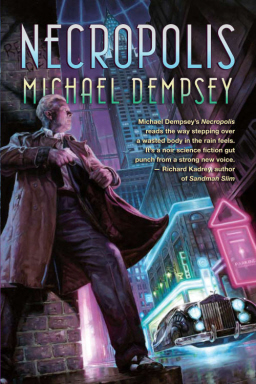
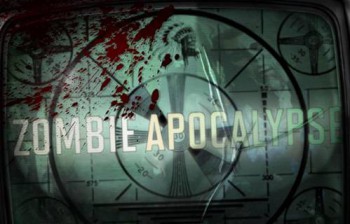
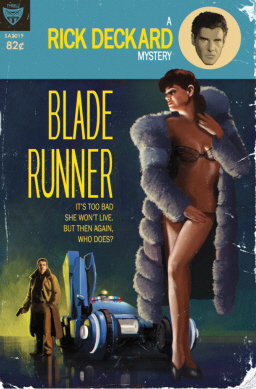
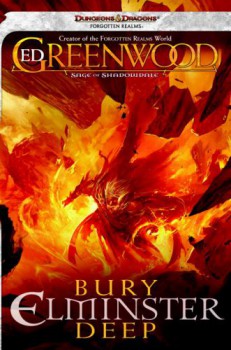 Bury Elminster Deep
Bury Elminster Deep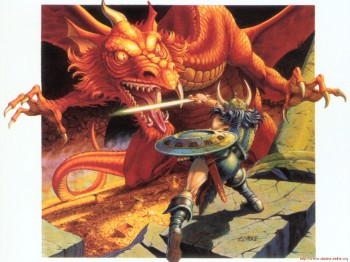
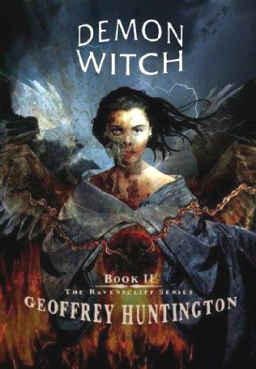
 The premise of this podcast series is that tourists came from as far as the Faerie Kingdom and Hell to visit the 1893 Chicago World’s Fair and, once it was over, decided to stay. These sub-cultures continued to co-exist with every other immigrant community in Chicago, integrating just enough to go unnoticed by most people. The Burnham Society was established to intervene in those situations where the sub-cultures don’t peacefully co-exist. The organization is perpetually trying to maintain its lofty goals while dealing with petty day-to-day politics (much like its namesake, architect Daniel Burnham).
The premise of this podcast series is that tourists came from as far as the Faerie Kingdom and Hell to visit the 1893 Chicago World’s Fair and, once it was over, decided to stay. These sub-cultures continued to co-exist with every other immigrant community in Chicago, integrating just enough to go unnoticed by most people. The Burnham Society was established to intervene in those situations where the sub-cultures don’t peacefully co-exist. The organization is perpetually trying to maintain its lofty goals while dealing with petty day-to-day politics (much like its namesake, architect Daniel Burnham). I have a week-long break between summer movie reviews, the gap between
I have a week-long break between summer movie reviews, the gap between